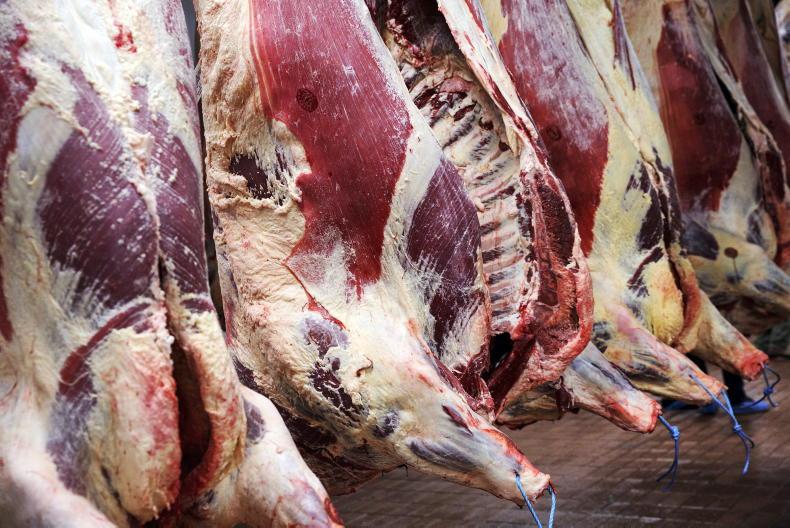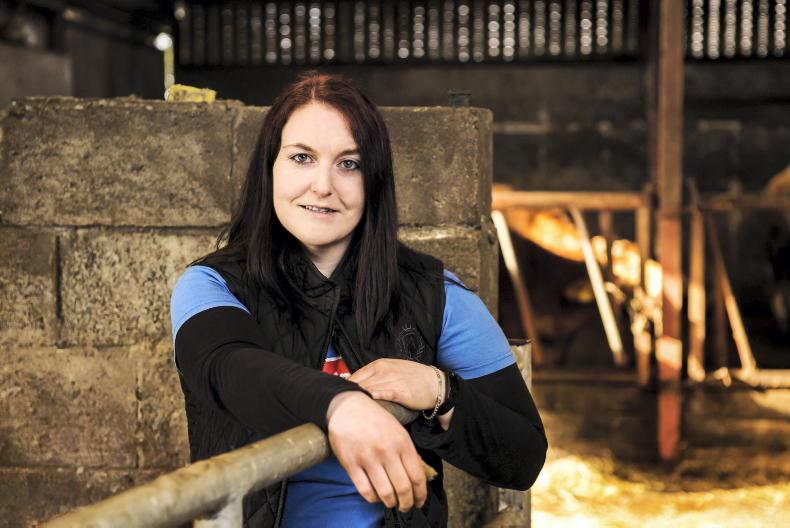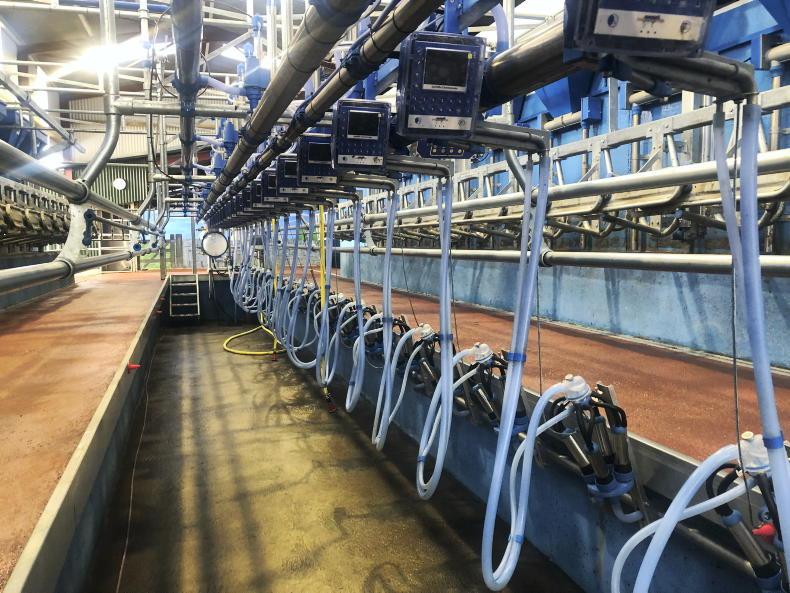We are really starting to wind down the farm for the winter this week as we move into the last month of the year. Over half of the herd has been dried off over the last few weeks and the rest will be done in batches of 40 over the next three weeks.
We are about a week ahead of last year on this front, after a tough year on cows, so we will probably be fully dry by mid-December.
We like to keep the batches for dry-off at around two rows in the parlour so that we can spend around an hour at the job and get it all tidied up without anyone getting too tired or bored. Hopefully, the first cow gets done as well as the last and everyone keeps concentrating to the end.
Clean and tidy
We milk the cows on one side of the parlour and set up everything else on the other side to keep everything clean and tidy.
We will do some selective dry-cow therapy again this year, but with the once-a-day milking for the last month of the season, the cell count has crept up a bit more than usual – so, we will have to be a bit more cautious than usual with our limits for selection.
The in-calf heifers are well settled into their shed at this stage and are lying up in their cubicles very well, so we will start to run them through the milking parlour this week to get them used to all the hustle and bustle that comes with it.
If we can run them through 10 or 12 times before Christmas, it will make them much easier to work with at calving.
Hoof paring
The other job on the list for the next few weeks is getting some hoof paring done on a few batches of cows with issues at the end of the grazing season.
We do most of them ourselves during the season, but will get a bit of extra help in to tidy up a few bigger batches over the next few weeks.
There’s always a few other maintenance jobs to be done around the yard during the dry period, so hopefully we will find the energy to get around to them all.
We are doing a bit extra with calf housing this year, in case regulations change enough to increase the number of calves around the yard through the spring.
Most of our beef calves go to local farms, so we should be ok with any changes in movement rules. We will just move a few things around in the yard and make a bit more room for a few more days on farm before sale.
It is very unsatisfactory though, that calving is just a few weeks away now, and we still have no clarity on what the movement rules are for calves in the spring.
We were never exporting calves or sending them to slaughter at a young age here, but the new rules and regulations that are being developed to curtail those practices will affect all farms, including ours.
It’s disappointing that regulation was needed to sort out these issues, but none of us can defend the culture of putting economics ahead of animal welfare in our industry.
If regulation is needed to ensure that that happens, then so be it; it’s just that a bit more lead in time would have been appreciated.










SHARING OPTIONS